As of January 2025, India has become the world’s third-largest metro rail network, with over 1,000 km of operational metro rail lines. This places India behind only China and the United States in terms of metro network size, highlighting the country’s growing commitment to improving urban mobility. The expansion of metro systems in Indian cities has played a significant role in reshaping transportation across the nation.
This growth is part of a broader effort to enhance the quality of life in India’s urban centers. According to Mygov.in, the government’s citizen engagement platform, projects covering an additional 998+ kilometers of metro rail lines are under development. These new projects will solidify India’s position in the global metro rail sector and are expected to be key in shaping the future of urban mobility.
India's metro system has expanded rapidly over the past decade, surpassing Japan in metro rail projects by 2022. This advancement has placed India third globally in terms of the operational length of its metro network. The country is well on its way to becoming the second-largest metro network in the world.
A significant development occurred on January 5, 2025, when Prime Minister Narendra Modi inaugurated a 2.8 km stretch of Delhi Metro’s Phase-IV, between Janakpuri and Krishna Park, worth approximately ₹1,200 crore. This new section will benefit areas in West Delhi, including Krishna Park, Vikaspuri, and Janakpuri, offering residents improved connectivity and access to essential services.
Additionally, the Prime Minister laid the foundation stone for the 26.5 km Rithala-Kundli section of Delhi Metro Phase-IV, valued at around ₹6,230 crore. This new corridor will connect Rithala in Delhi to Nathupur in Haryana, enhancing access to residential, commercial, and industrial areas in both Delhi and Haryana. Key areas like Rohini, Bawana, Narela, and Kundli will be directly connected, improving travel across Delhi, Haryana, and Uttar Pradesh through the extended Red Line of Delhi Metro.
This expansion is part of the Indian government’s ongoing effort to provide efficient, reliable, and eco-friendly public transport options to the urban population. Metro rail systems are crucial for reducing traffic congestion, curbing pollution, and improving the overall quality of life in rapidly growing cities. As metro systems in cities like Delhi, Bengaluru, Mumbai, and Kolkata continue to expand, millions of commuters will benefit from faster, safer, and more sustainable transportation.
The development of metro systems also serves as a significant economic driver, creating thousands of jobs, attracting investments in infrastructure, and boosting surrounding commercial and residential developments. Metro corridors in many cities are unlocking new economic opportunities by connecting previously underserved areas to the broader urban economy.
With ongoing projects across the country, India’s metro system is set to play a crucial role in the future of urban development. The government is not only focusing on expanding the operational network but also on modernizing existing metro systems to improve service efficiency. Continued investment in metro infrastructure will drive this growth, making India’s cities more sustainable, accessible, and well-connected.

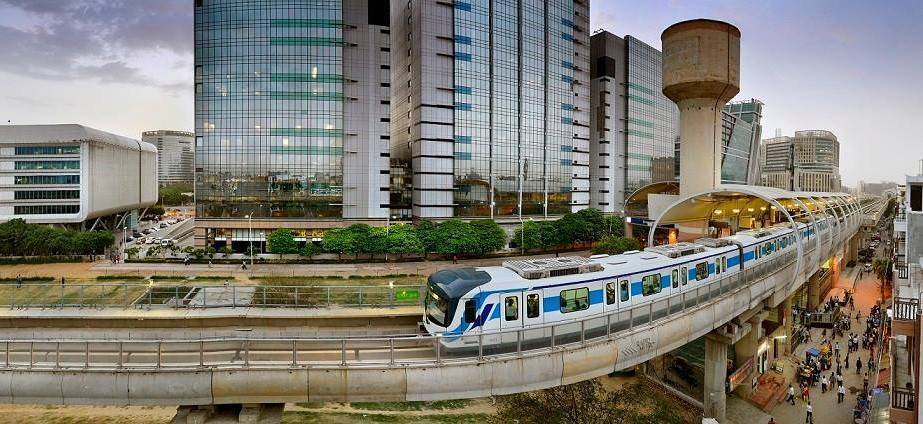

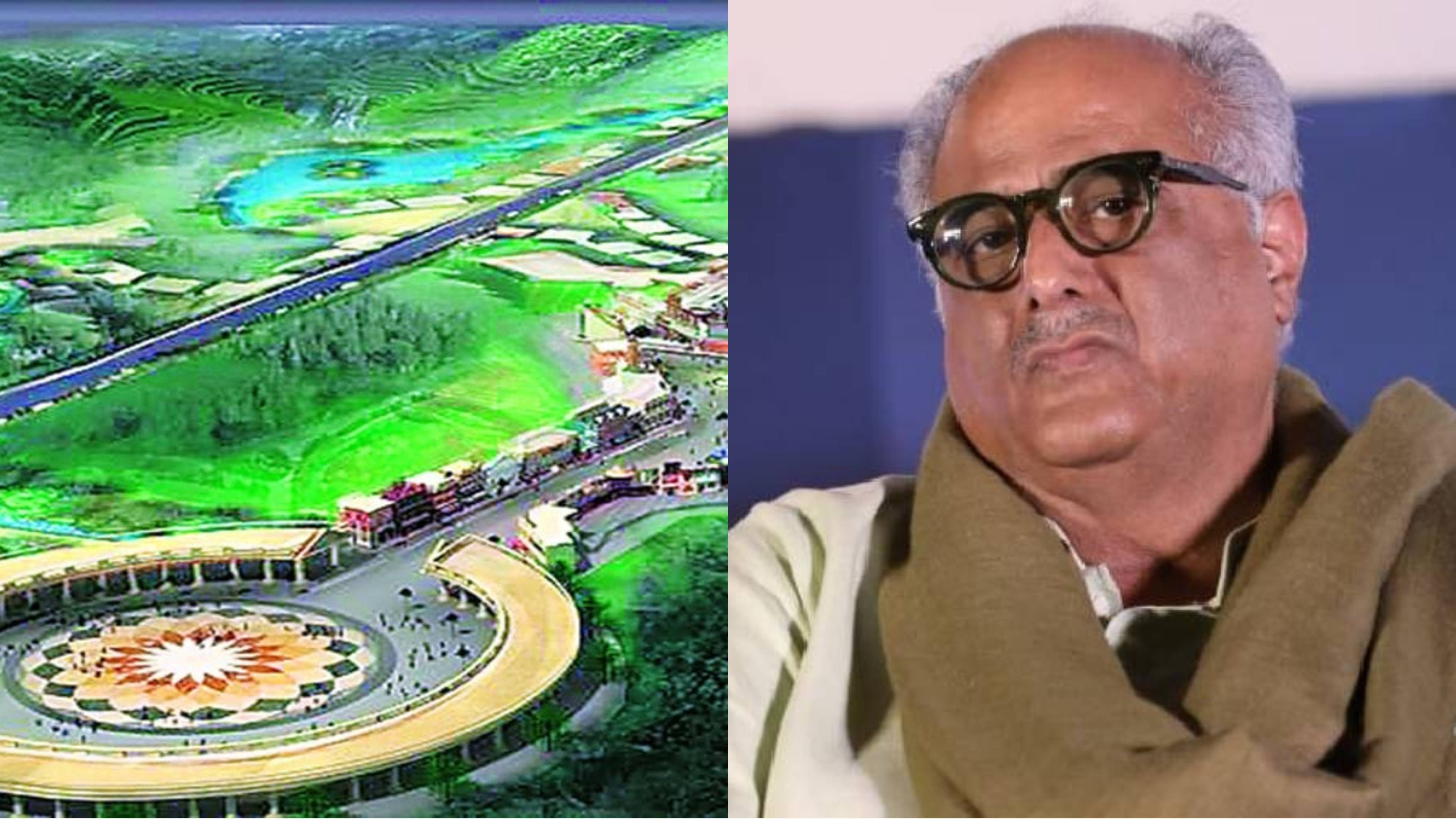
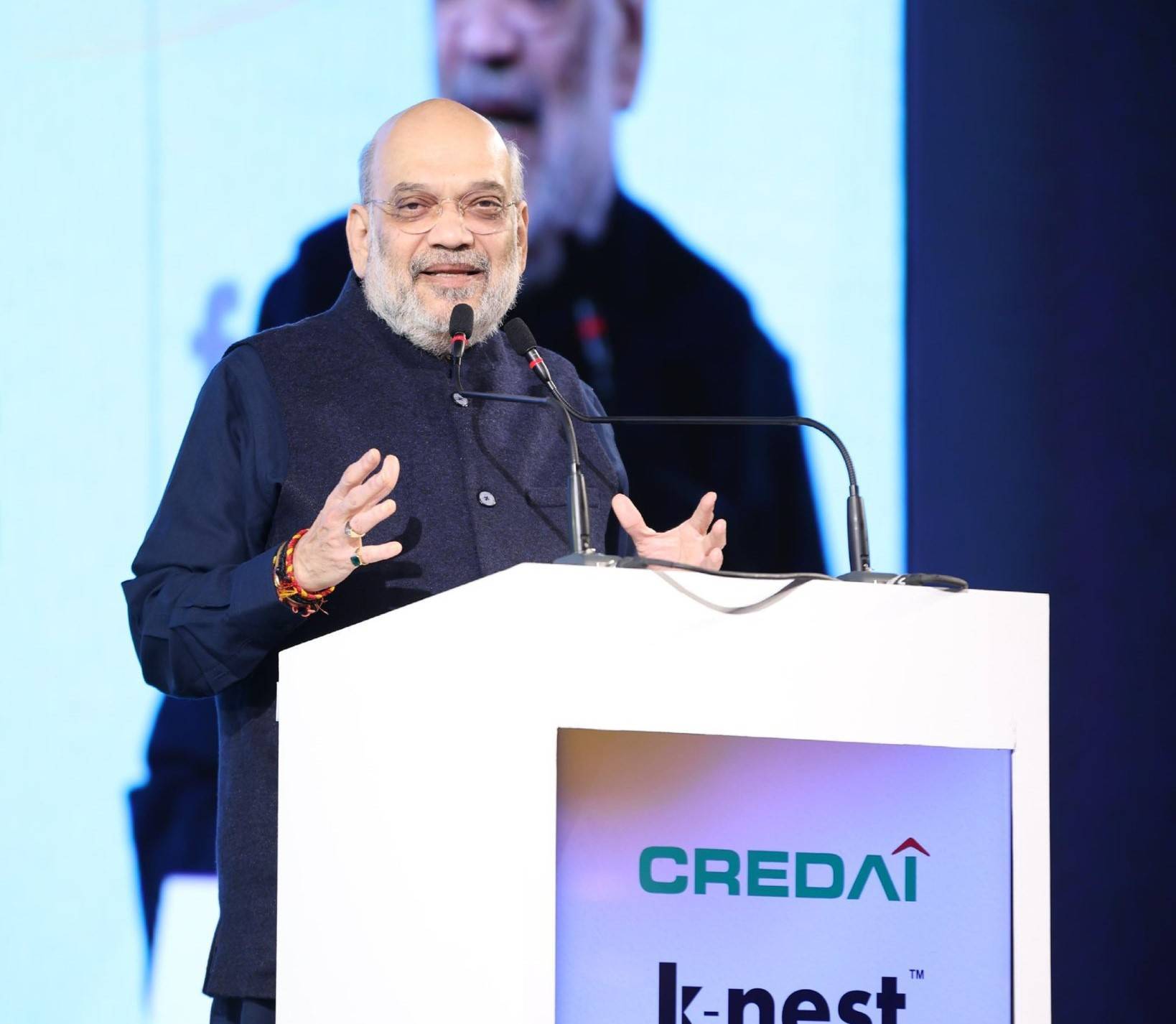
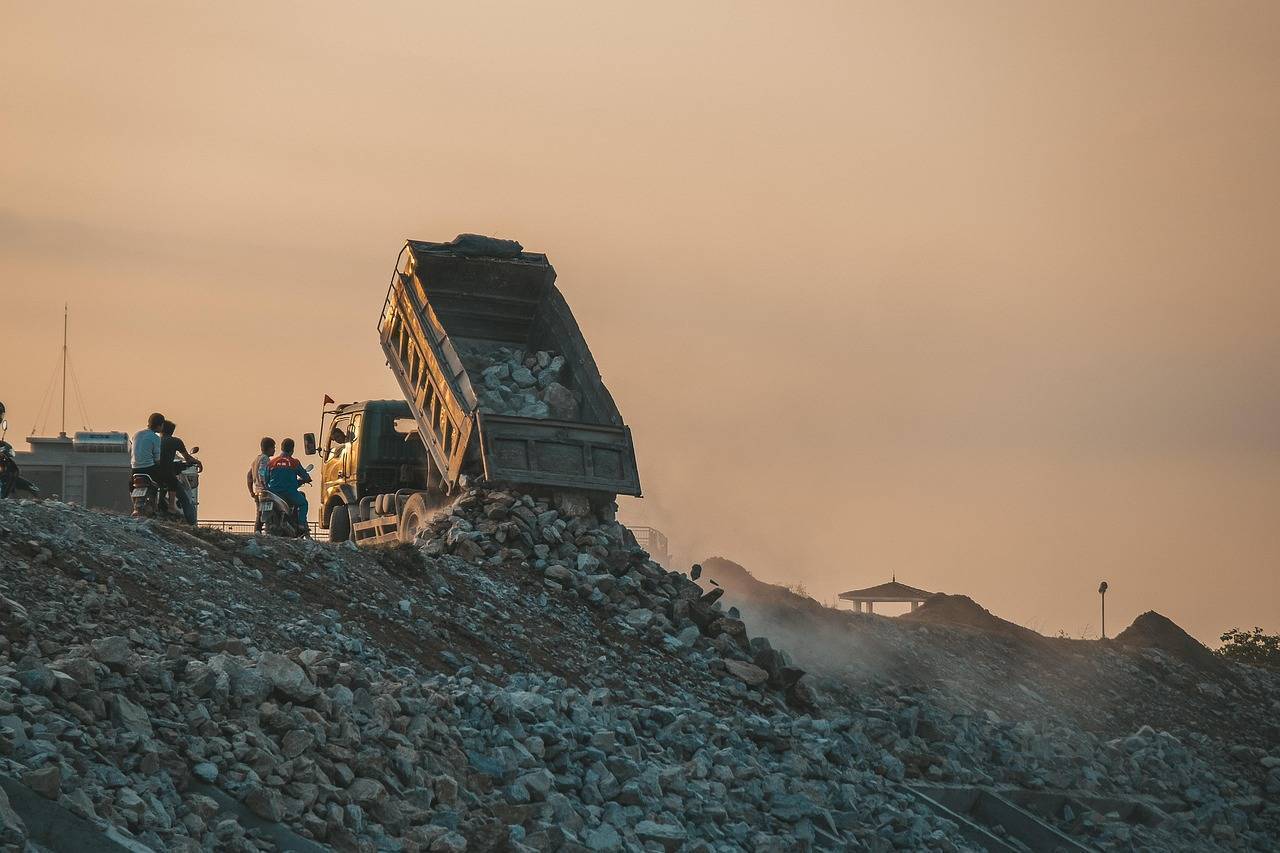
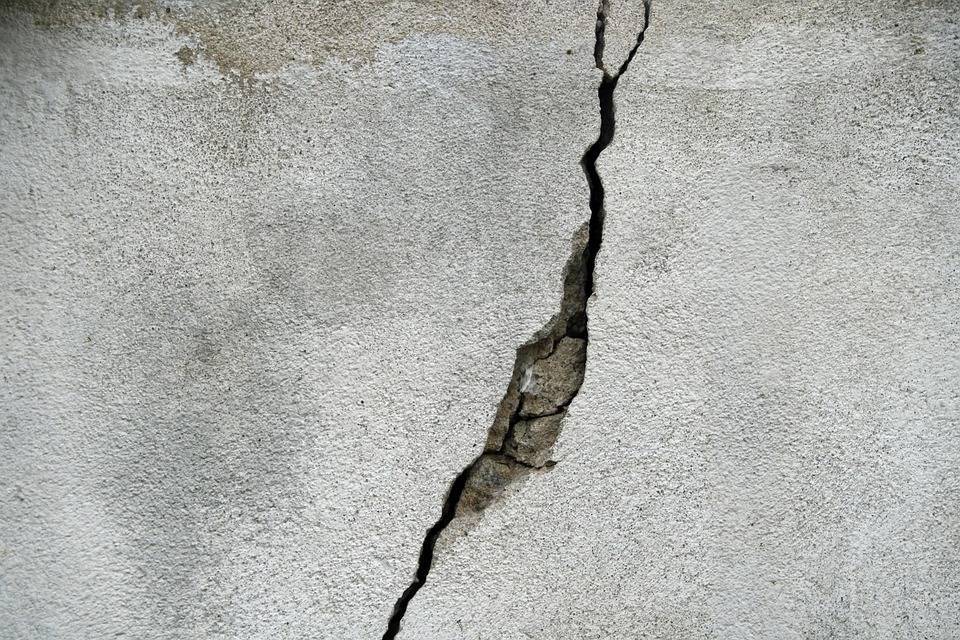

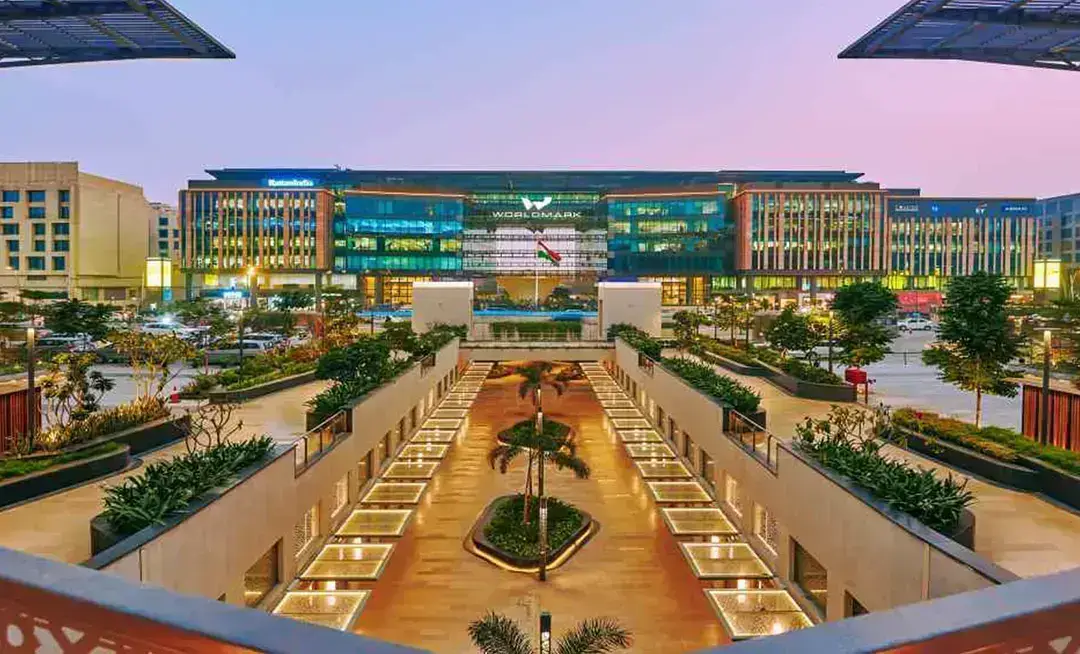
.png)